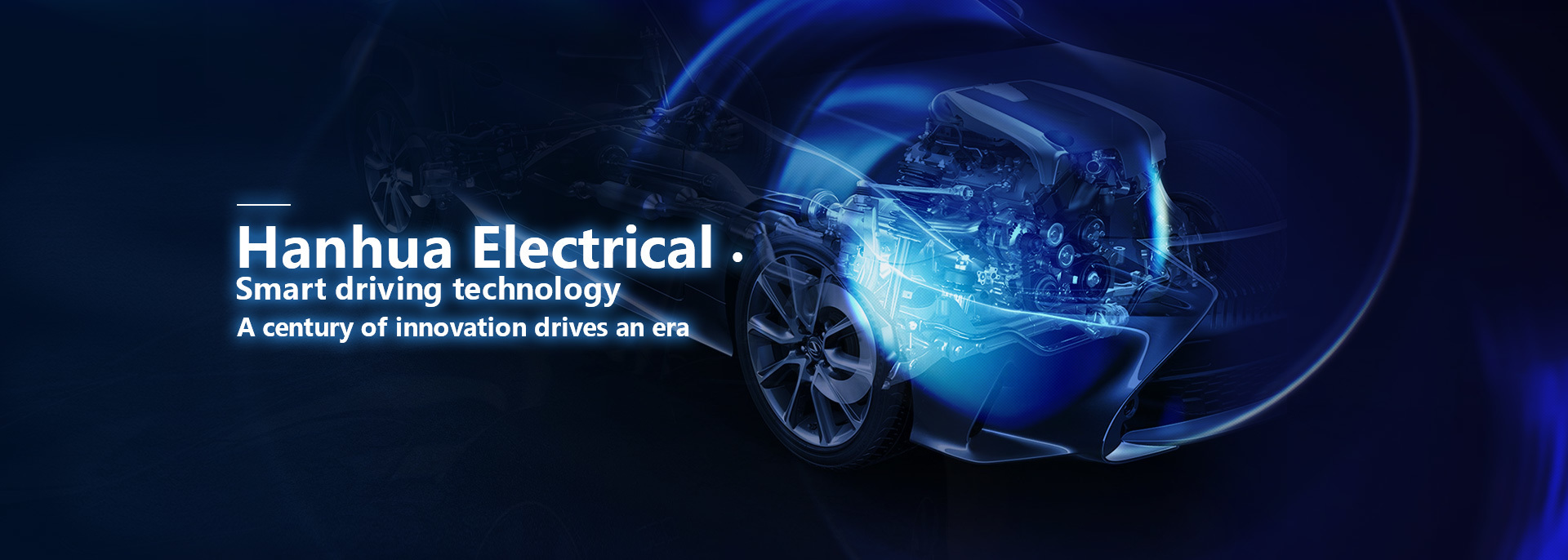The difference between the armature of a car starter motor and the stator and rotor of a brushless motor
Release Time:
2023-10-18
What are the differences between a brushless motor stator and rotor and a car starter armature? Let's discuss this topic today. The brushless motor stator and rotor are key components widely used in automobiles and other electric devices, offering many advantages over traditional car starter armatures. So, why have brushless motor stators and rotors become such a popular choice?
First, let's understand the working principle of a brushless motor stator and rotor. A brushless motor stator and rotor is a motor that electronically controls the rotor's position. It uses a set of permanent magnets, usually magnets, fixed to the outside of the motor, called the stator. In contrast, the rotor consists of a set of coils that generate magnetic force through changes in current. This design eliminates the need for brushes and armatures to generate current, as required in traditional starters, hence the name brushless motor.
In contrast, a traditional car starter armature is a motor that generates current through physical contact. The starter armature consists of a set of coils and an armature. The armature is a rotating part containing conductive material and brushes. When the armature rotates, the brushes contact the conductive material, generating magnetic force through the current. This design was very common in the past, but with technological advancements and changing needs, brushless motor stators and rotors have gradually replaced traditional starters.
So, what are the advantages of brushless motor stators and rotors over traditional starter armatures? First, brushless motor stators and rotors have higher efficiency. Because brushless motors electronically control the rotor's position, they can more precisely control changes in current and magnetic force, thus reducing energy waste. This means that brushless motors can more effectively convert electrical energy into mechanical energy, providing better power output.
In addition, brushless motor stators and rotors also have a longer lifespan and lower maintenance costs. The brushes in traditional starter armatures are easily worn parts that require regular replacement. Brushless motors have no brushes, thus reducing maintenance needs. This not only saves time and money but also improves the reliability of the entire system.
Finally, brushless motor stators and rotors can also provide a smoother and quieter operating experience. Traditional starter armatures often produce rattling sounds and vibrations during startup, while brushless motors provide a smoother startup process, reducing noise and vibration.
In summary, brushless motor stators and rotors offer higher efficiency, longer lifespan, lower maintenance costs, and a smoother operating experience compared to traditional starter armatures. This is why more and more automakers and consumers are choosing brushless motor stators and rotors.
First, let's understand the working principle of a brushless motor stator and rotor. A brushless motor stator and rotor is a motor that electronically controls the rotor's position. It uses a set of permanent magnets, usually magnets, fixed to the outside of the motor, called the stator. In contrast, the rotor consists of a set of coils that generate magnetic force through changes in current. This design eliminates the need for brushes and armatures to generate current, as required in traditional starters, hence the name brushless motor.
In contrast, a traditional car starter armature is a motor that generates current through physical contact. The starter armature consists of a set of coils and an armature. The armature is a rotating part containing conductive material and brushes. When the armature rotates, the brushes contact the conductive material, generating magnetic force through the current. This design was very common in the past, but with technological advancements and changing needs, brushless motor stators and rotors have gradually replaced traditional starters.
So, what are the advantages of brushless motor stators and rotors over traditional starter armatures? First, brushless motor stators and rotors have higher efficiency. Because brushless motors electronically control the rotor's position, they can more precisely control changes in current and magnetic force, thus reducing energy waste. This means that brushless motors can more effectively convert electrical energy into mechanical energy, providing better power output.
In addition, brushless motor stators and rotors also have a longer lifespan and lower maintenance costs. The brushes in traditional starter armatures are easily worn parts that require regular replacement. Brushless motors have no brushes, thus reducing maintenance needs. This not only saves time and money but also improves the reliability of the entire system.
Finally, brushless motor stators and rotors can also provide a smoother and quieter operating experience. Traditional starter armatures often produce rattling sounds and vibrations during startup, while brushless motors provide a smoother startup process, reducing noise and vibration.
In summary, brushless motor stators and rotors offer higher efficiency, longer lifespan, lower maintenance costs, and a smoother operating experience compared to traditional starter armatures. This is why more and more automakers and consumers are choosing brushless motor stators and rotors.
Brushless motor stator and rotor





